Car Accidents and the Gig Economy: Legal Implications for Delivery Drivers
Delivery driving has quickly become one of the most popular flexible part-time jobs (aka “side hustles”) in the modern sharing economy. However, the rise in food delivery and other on-demand services has led to a sharp increase in accidents involving delivery drivers. As the so-called “gig economy” continues its rapid expansion, it is bringing millions of new delivery drivers along busy roads and highways every day. This influx of drivers navigating new routes in personal vehicles creates ripe conditions for collisions, injuries, and complex legal questions.
With drivers often viewed as independent contractors rather than employees, complicated situations often arise when determining liability and insurance coverage following a crash. The implications for legal responsibility and insurance claims can create gray areas that the legal system may not have caught up with yet.
Background on Gig Economy and Delivery Driving
The “gig economy” refers to flexible, temporary, or freelance jobs, often involving connecting workers to customers via smartphone apps and websites. Over the last decade, the gig economy has exploded in size and popularity through driving for rideshare apps such as Uber and Lyft as well as shopping and delivery platforms like Instacart, DoorDash, and Grubhub. Amazon delivery drivers also make up a growing share of gig workers on the roadways.
By current estimates:
- Uber has roughly 5.4 million active drivers.
- Lyft has over a million drivers.
- DoorDash has around 2 million active monthly “dashers”.
- Instacart boasts over 600,000 shoppers.
A typical delivery driver job involves:
- Downloading a company’s app.
- Running a background check.
- Using one’s own vehicle to deliver goods such as restaurant meals, groceries, and packages.
- Following directions within the company’s app to navigate routes.
- Earning income based on deliveries completed, tips offered, etc.
Common Causes of Delivery Driver Accidents
With the freedom and flexibility of gig delivery driving comes certain risks and hazards. Delivery drivers face some unique circumstances that can increase the chances of a collision or traffic incident. Several key factors commonly contribute to accidents involving drivers for companies like DoorDash, Uber Eats, Instacart, and Amazon, including:
- Distracted Driving from Mobile Devices/Apps: The apps that delivery drivers rely on pose some clear distracted driving hazards. Drivers often struggle to divide attention between apps showing maps/directions, order details, pick-up instructions, and customer communications. Even quick glances at phones cause drivers to take their eyes off the road, which can be hazardous even if a driver looks away from the road for just a few seconds.
- Fatigued Driving and Lack of Rest Breaks: Unlike traditional 9-5 jobs, gig drivers can struggle with fatigue from working long hours without set breaks. The freedom of gig work can mean taking fewer stops between orders. Drivers may labor late into the night trying to earn extra income with their side hustle, and it is well documented that drowsy drivers make slower reactions to traffic situations.
- Pressure to Make Quick Deliveries: To earn the best bonuses, ratings, and delivery frequency counts, gig drivers feel immense pressure to deliver orders promptly. This emphasis on meeting tight deadlines leads some to make reckless maneuvers such as speeding, illegal turns, tailgating, and ignoring traffic signs. While the apps stress urgency in order to keep their customers satisfied, rewards for rapid deliveries should not come at the cost of public safety.
Liability Issues in Delivery Driver Accidents
When delivery drivers are involved in collisions, determining legal and financial liability can become complicated. With drivers classified as independent contractors, insurance coverage and responsibility do not rest solely with one party. Several liability concerns typically emerge, such as:
- Personal Auto Insurance May Not Provide Complete Coverage: Most personal auto policies only cover the “commercial use” of a vehicle at minimal levels or not at all. Damage amounts can quickly exceed these limits following an accident. Many gig drivers discover these insurance gaps only after crashes occur.
- Employer Insurance Coverage Can Be Complex: App companies such as Grubhub and Uber Eats claim no liability for contractor accidents under most state laws. However, injured victims may argue these firms still bear some indirect responsibility for encouraging rushed deliveries. Successfully winning injury claims against platforms remains difficult but not impossible (depending on the evidence and other specific circumstances of the case).
Beyond drivers and their apps, fault can also be assigned to other entities such as:
- Automakers if car defects or flaws caused collisions.
- Municipalities for poorly designed roads and traffic signals.
- Businesses with unclear parking or loading areas.
Legal Options for Injured Victims of Delivery Accidents
When delivery drivers cause accidents and injuries, victims have certain routes toward securing compensation for damages:
- Personal Injury Lawsuits Against Drivers and Potentially Employers: Injured parties can bring personal injury claims directly against negligent drivers and possibly their employers depending on state laws and liability arguments made by skilled attorneys. Compensation can cover medical bills, lost income, pain/suffering, and other accident costs.
- Underinsured/Uninsured Motorist Coverage Options: Too often UIM coverage becomes essential after crashes with delivery drivers who lack sufficient insurance. UIM claims can help substitute for lost compensation from at-fault drivers (up to the policy limits of the injured person).
Alabama Contributory Negligence Standards
Alabama is one of only a few states that operates under a “contributory negligence” legal standard. This means that if an injured victim is found to bear even 1% of responsibility for causing the accident that resulted in their injuries, they can be completely barred from recovering any damages or compensation from the other party (or parties) who were predominantly at fault.
For example, if a delivery driver runs a red light and strikes another vehicle, but the driver of the other vehicle is found to have been driving 5 mph over the speed limit when the collision occurred, that driver could lose his/her right to collect compensation for damages, even though the vast majority of the fault lies with the delivery driver who ran the red light.
This sets an extremely high bar for injury victims in Alabama. It also amplifies the necessity of promptly retaining experienced legal counsel after any motor vehicle crash. An attorney well-versed in the state’s contributory negligence statutes can meticulously investigate and build a strong claim from the outset. They can also evaluate whether any alternative legal arguments exist for securing reasonable damages in disputed scenarios.
Contact M. Adam Jones & Associates for Legal Help with Delivery Vehicle Accidents in Alabama
As we have talked about, the rise of delivery drivers for apps such as Uber, Lyft, DoorDash, and Instacart has brought increased traffic to the roadways, a higher likelihood of crashes, and complex liability questions when determining fault and legal responsibility after such accidents.
If you or a loved one has been involved in an auto accident with a delivery driver that resulted in injuries and other losses, contact our office as soon as possible to protect your legal rights. We are ready to go to work for you!
- Adam Jones,
Managing Partner
- Adam Jones & Associates, LLC
206 N. Lena St.
Dothan, AL 36303
Tel: 334-699-5599
Fax: 334-699-5588

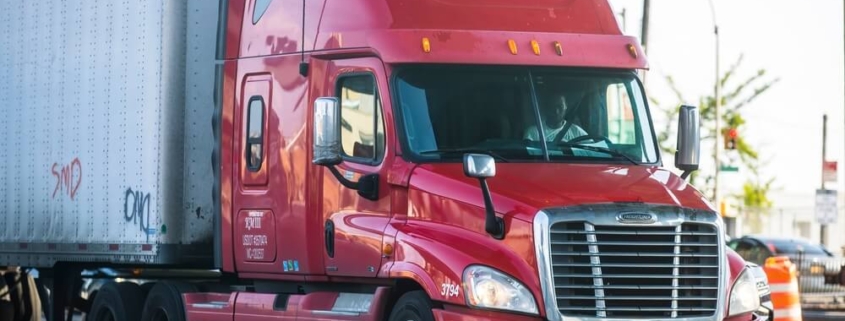
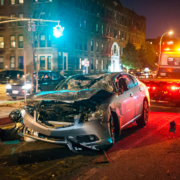
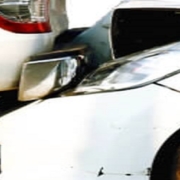
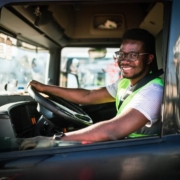
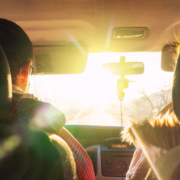
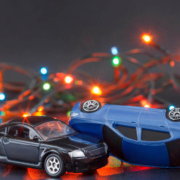
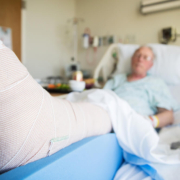



Leave a Reply
Want to join the discussion?Feel free to contribute!